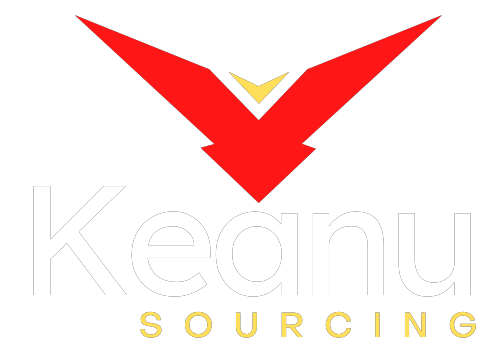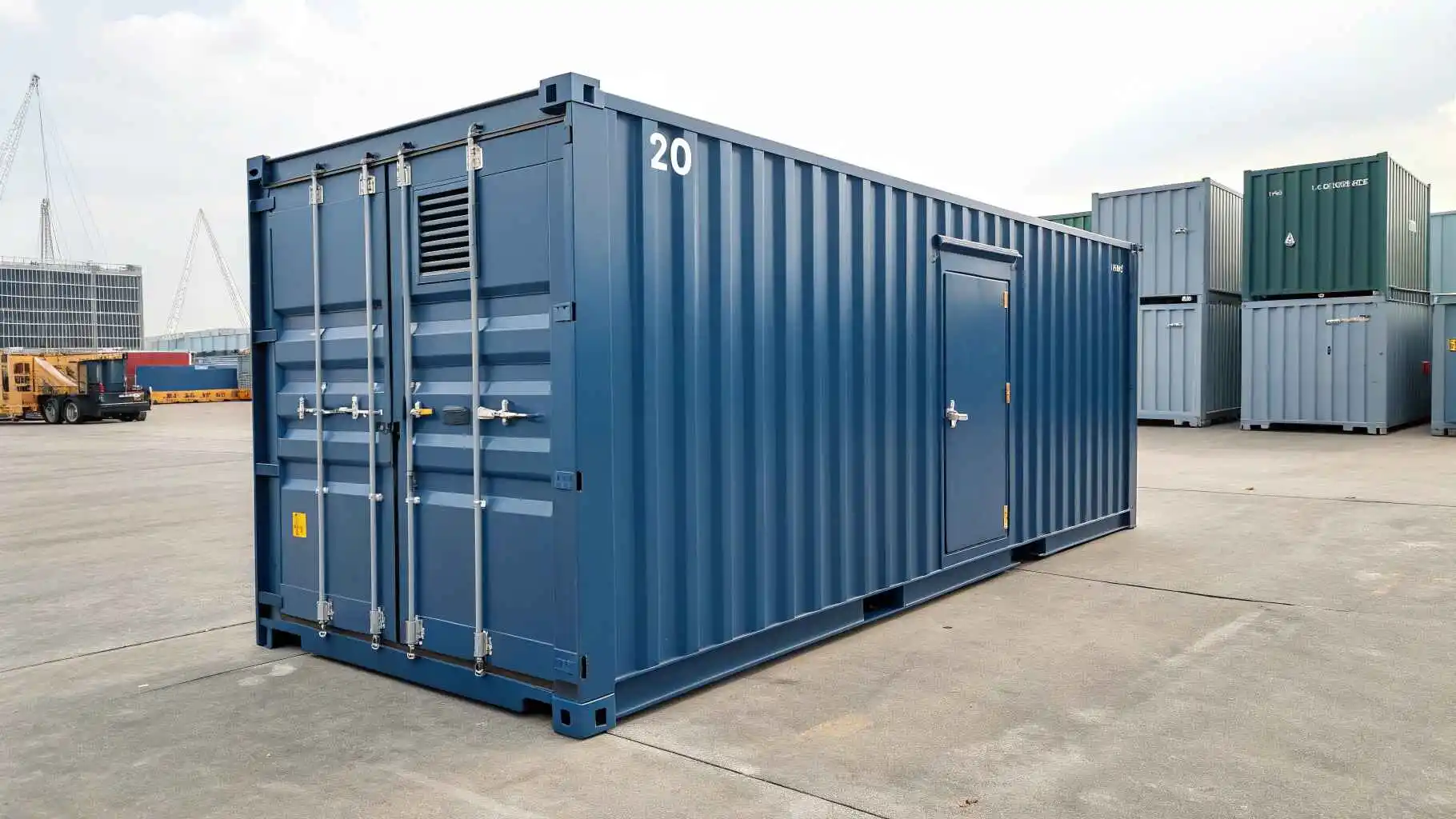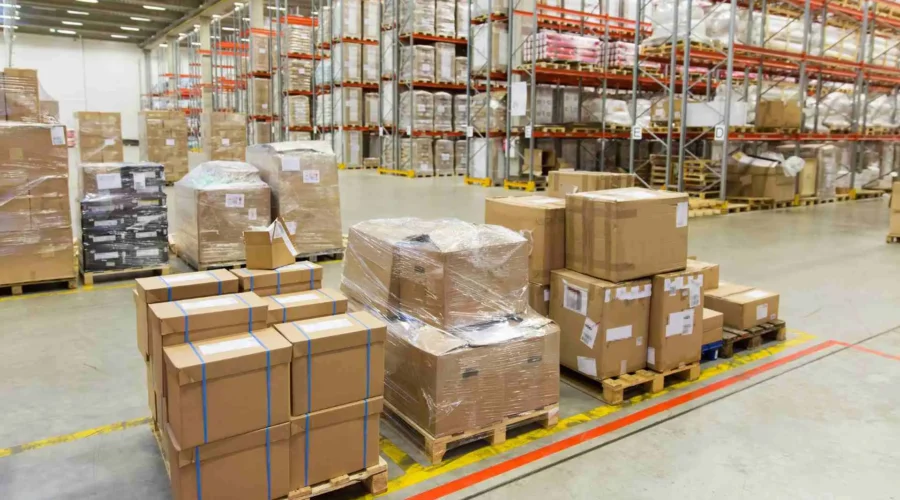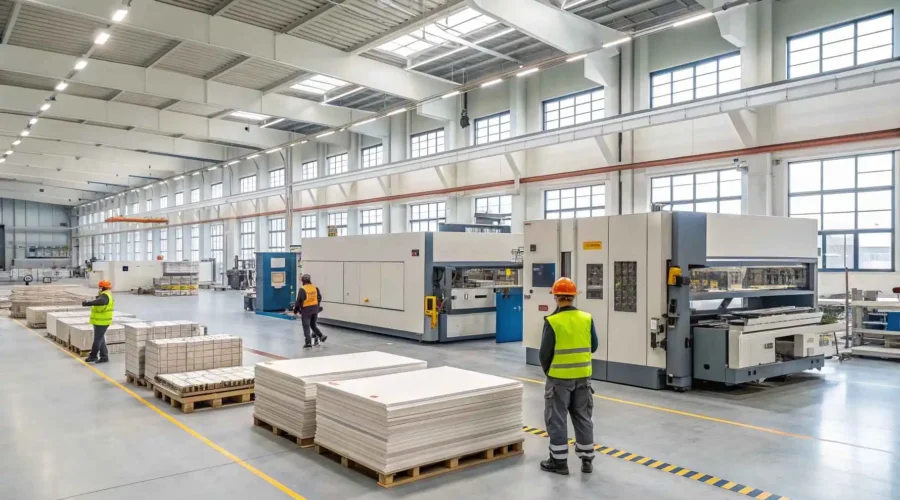You’re about to import from China. You picked the right manufacturer, bargained for prices, and are now looking at shipping quotes that go into thousands of dollars, factoring in the container size. What could be the reason?
Here’s one thing missed by most people: the container you choose is not just a metal box but, rather, your biggest cost lever in sea freight. Take a wrong choice, and the money is drained. An apt choice means the doors of a competitive advantage, which most companies forget to see, are thrown wide open.
Let’s break down how container types actually impact your bottom line, because understanding this game changes everything about your sea freight shipping cost.
Understanding Standard Containers and Their Impact on Sea Freight Shipping Cost
Standard cargo containers are your basic 20-footers (TEU) and 40-footers (FEU) stacked on a container ship. Right now, the average container rate for a 40-foot container is about , but that varies a lot depending on the route.
Here’s the interesting part. How you decide to ship really does count here. From Asia to the West Coast of North America, it costs $2,494-$2,907, but from Asia to Europe, the price dips to $1,578-$3,384. Same box, almost entirely different prices.
At Keanu Sourcing, we’ve seen clients save 30% just by tweaking their port choices. It’s not rocket science—it’s knowing which routes have capacity and which ones don’t.
FCL vs LCL Shipping: Which Is Cheaper for Your Sea Freight from China?
If you’re shipping enough product to fill a container, you’re playing in FCL territory. This is your sweet spot for cost efficiency in shipping freight. But what if you’re not moving that volume yet?
LCL shipments charge per cubic meter, and the math works differently. Currently, Asia to US LCL runs $35–$85 per CBM, while Asia to Europe sits at $25–$65 per CBM. You’re essentially renting space in someone else’s container.
The catch? LCL comes with the “weight/measure rule”—you pay for either actual weight or volumetric weight (volume), whichever costs more, as indicated by the freight calculator. Ship something light but bulky? You’re paying for airspace.
Specialized Containers Explained: How They Affect Your Sea Freight Shipping Cost
Standard containers are like the Honda Civics of transportation: a cheap and unassuming way to get your goods across anywhere in the world. There are times, however, when this simply will not do for your goods, and then the shipping freight cost starts ramping up.
Reefer Containers in Sea Freight: Real Costs and When to Use Them
Be it perishable items, pharmaceuticals, or anything temperature-dependent, a freight cost calculator can help you determine the best option. reefer container costs 2.5 to 4 times that of an ordinary one. Well, it is not exactly like an overcharge; rather, they need these power requirements, special handling, and constant monitoring for maintenance.
Before you flinch at the price, consider this: one spoiled shipment costs more than premium refrigeration. We’ve helped clients import temperature-sensitive components from Chinese factories, and the ocean freight rate always beats the alternative.
Open-Top and Flat-Rack Containers: Costs, Use Cases, and Shipping Tips
Shipping machinery that won’t fit through standard container doors? Open-top and flat-rack containers command a freight charge that reflects the container size. 150–250% premium Over standard boxes, we often use a freight calculator to determine the most cost-effective options.
Why so much? Limited availability. These specialized containers represent a tiny fraction of global fleet capacity, and carriers know it. Plus, they require special loading equipment and careful securing—costs that get passed straight to you in the final freight shipping rates.
Hazardous Material Shipping: Extra Costs in Sea Freight You Should Know
The proprietor of anything dangerous must agree to pay an additional charge varying from to on each container. The charges include:
- Special documentation.
- Separate stowage on the vessels can impact the overall logistics of freight shipping rates.
- International shipping regulation requirements.
Pro tip from our experience: some products have multiple classification options. Work with your freight forwarder to classify correctly—sometimes a small formulation change eliminates hazmat requirements entirely.
Hidden Charges That Increase Your Sea Freight Shipping Cost
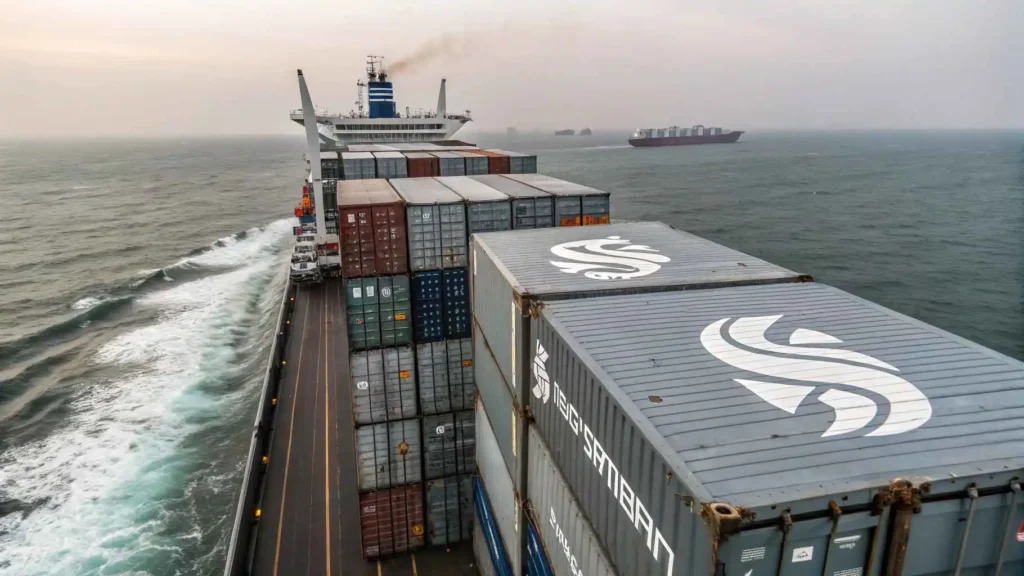
Container type is just the opening bid. The real sea freight shipping cost comes from surcharges that stack like a bad poker hand, often calculated using a cost calculator.
Bunker Adjustment Factor (BAF): How Fuel Costs Affect Sea Freight Rates
BAF charges run per container based on fuel prices. The calculation? Fuel price trade factor = your surcharge. Specialized containers often carry higher BAF rates because they require more careful handling and sometimes refrigeration power.
Add the low sulfur fuel surcharge () for environmental compliance, and suddenly your baseline cost has grown significantly.
Terminal Handling Charges (THC) and Port Fees in Sea Freight Shipping
Terminal fees are imposed on every container type, but these fees are not considered equal. Origin THC hovers around $80 up to $300, whereas the destination THC takes a jump to $150-$500. Specialized containers? Expect fees on the higher end of the scale.
Then there is the lesser-known port congestion surcharge that can multiply costs. Depending on how bad the congestion gets at the ports, this surcharge can shoot above $6,000 per container. To make matters worse, reefers and specialized equipment get slapped first with these penalties since they simply cannot afford to wait.
Peak Season Surcharge (PSS): How Shipping Seasons Change Sea Freight Cost
Major carriers implement PSS surcharges of during high-demand periods, with some routes seeing increases. Container type amplifies this—specialized equipment gets hit harder because availability shrinks even further.
Sea Freight Cost Breakdown: Real-World Examples
Let’s get specific. Say you’re importing goods from China in a standard 40-foot container to the US West Coast.
Base costs for ocean freight shipping:
- Ocean freight: $2,907
- Origin terminal handling: $80-$300
- Documentation fees: $50-$100
- BAF surcharge: $200-$800
- Destination THC: $150-$500
- Customs brokerage: $100-$500
Total: About $3,487-$5,107 before cargo insurance (0.5-1.5% of value) and final delivery.
In contrast, the reefer container rate is 2-2.5 times the standard. Therefore, you can expect minimum charges of $7,267-$11,628. Same origin. Same destination; different container type.
Proven Tips to Reduce Your Sea Freight Shipping Cost from China
Theory’s great, but here’s what works in practice with global freight:
- Volume is your negotiation weapon. High-volume shippers get better base rates and reduced surcharges, particularly on port congestion and documentation fees. At Keanu Sourcing, we leverage our consolidated shipping volume to secure ocean freight rates individual importers can’t access.
- Alternative ports save real money on container shipping cost. Using less congested ports, even with slightly higher base rates, often beats major hubs by avoiding massive congestion surcharges.
- Timing beats everything. The Shanghai Containerized Freight Index recently dropped 9.3%, creating opportunities. Rates fluctuate between peak and off-peak seasons. Book smart, save thousands.
Sea Freight Shipping Cost Trends and Global Market Update 2025
The sea freight market isn’t the wild west it was during pandemic years, but with fluctuating shipping rates, it’s not exactly calm seas either. Global shipping capacity grew nearly 5% in Q3 2024, yet geopolitical tensions continue forcing route changes that add 10–21 days to transit times.
Container choice matters more than ever because capacity constraints hit specialized equipment first in ocean freight shipping. Standard containers might have decent availability, but try finding reefer capacity during peak season when everyone’s shipping the same product categories.
Final Thoughts: Choosing the Right Container for the Best Sea Freight Cost
Sea freight shipping cost isn’t just about finding the cheapest quote—it’s about understanding how container type, timing, and route selection create a three-dimensional cost puzzle. Get all three right, and you’ve got a supply chain advantage competitors can’t touch in the realm of global freight.
At Keanu Import and Export Services, we’ve spent years building relationships with Chinese manufacturers and freight partners who understand international freight dynamics. We know which factories pack efficiently for standard containers, which products need specialized equipment, and how to time shipments when rates dip.
The container you choose today determines your margins tomorrow. Make it count.

